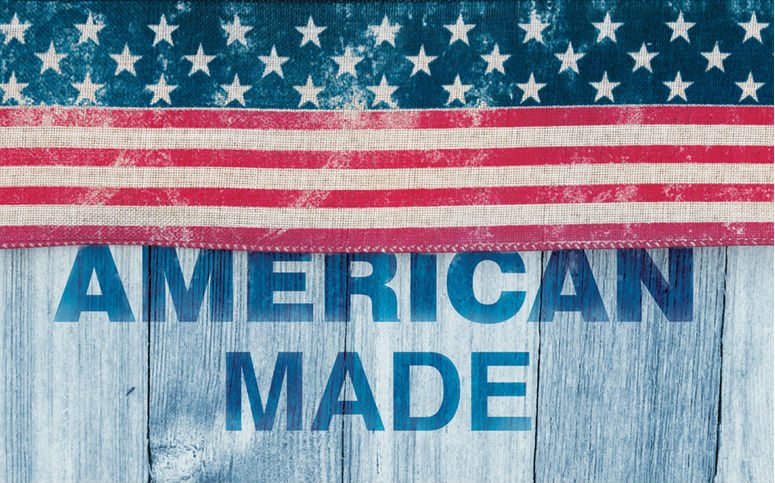
American Made
Over the past few years, many surveys have shown Americans expressing an increased interest in buying American- made products. However, when it comes to everyday shopping or impulse purchases, the retail price on comparative products often keeps them from buying.
In the past few years, there have been some major players that have helped bring more manufacturing and a larger supply chain of American-made products, which have helped drive overall costs down.
Also, more and more handicraft vendors are coming into the marketplace offering unique products that are typically themed to their local region.
How do you develop the right Made in America assortment for the gift shop department of your garden center?
Choose the Right Mix
Here are a few concepts that I have implemented over the years to make my assortment relevant to the destination:
Are you authentic? Be real; seek transparency over mixed messages. Obviously, if you have been in the retail business long enough, the entire department can’t be all Made in America and still offer your customers everything they want.
First, search for 100 percent Made in the USA products. This includes not only a local artisan or manufacturer but the packaging as well.
Even with an increasing amount of American- made suppliers, it is difficult to find 100 percent American-made, especially in some categories. The gift, glassware and accessory categories have the most to offer in products. Apparel, books and plush are the most difficult classifications to carry with limited suppliers and higher costs.
Second, use the secondary sources, as in not 100 percent American made, but make sure to make distinctions as to why it isn’t 100 percent American made.
For example, apparel is the most difficult to source for the garment and cost but you can speak to the design that was made in the USA and that the garment was made overseas or in North America.
This transparency avoids any confusion about American-made products and let’s your customers know that you value a true commitment to products fully created in the U.S. Coaching your team members on the proper messaging as well as the right signage helps this authenticity appear seamless to your guests.
Support local over “Anywhere USA.” In the past, there have been limited offerings of Made in America. However, these days, you can find local artisans in almost every city or region in the U.S. From the Olympic Peninsula to the rural areas of Tennessee, there are many local vendors for you to find and support.
Sharing where the item is from in the U.S. sends a much stronger message and connection point with guests than saying it is just made somewhere in the U.S.
I am finding more and more shoppers just looking for a unique gift from the area. Having local artisans share their story through signage and product demonstrations in your gift department will help increase sales dramatically.
Themed collections that relate back to local themes that translate back to your city or region enhance the selling and merchandising of American-made products. Here are some examples:
1. Grouping by graphic design (apparel, glassware, gift, souvenir and gourmet foods made exclusively for you with one connecting theme and graphic)
2.Themed classifications — women’s accessories, gourmet foods, T-shirts, etc.
3.Grouping by local artisans — display a Made in America gift section.
4.Transition/local event specific collections 5.Embrace Americana — nostalgia/vintage is trending and using those popular themes enhances your Made in America collections.
Keep the Main Thing the Main Thing
When the first generation of eco-friendly products hit the retail market, many of them were not functional, and they were more novelty than anything else. For example, those early pens that didn’t write or would break after the initial use.
We have come a long way in that category and that holds true in the Made in America category as well.
Only select products that fit into your product assortment; don’t force them to fit. In other words, just because it is created in America, that doesn’t mean it is a fit for your customers’ tastes and/or price ranges.
Made in America is no longer a novelty and every product needs to be functional. So if you don’t need a cardboard T-shirt, keep looking for a better source. They are out there!
Inspire and Educate Your Team Members
Don’t forget the shopper experience. All the above is less effective unless you get your team members involved in the why and what you carry in American-made products. Three essential factors:
• Educate team members on the importance of having USA merchandise. Supporting local artisans and having the artisans share their stories and how they make the products at a team meeting goes a long way in helping this cause.
• Engage them on being passionate and able to talk to specifics about the product selection. Look books and product knowledge sheets are good tools to do this.
• Don’t talk about the price. Quality, perceived value and locally made are key talking points in sharing information about the products. If you start comparing pricing, then it is all about the price. Focus on the uniqueness and value of the product as well as supporting local artisans.
Through transparent messaging, emphasis on local artisans, themed collections, focused functional products and creating the right shopper experience, you are on the way to having a successful season in American-made products.






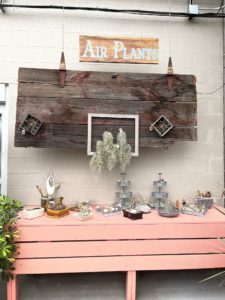
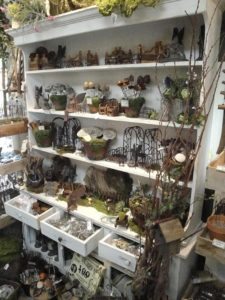
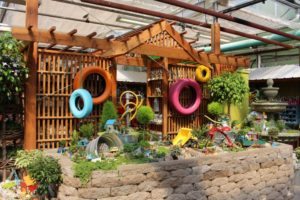

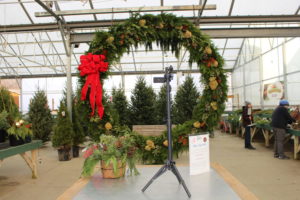
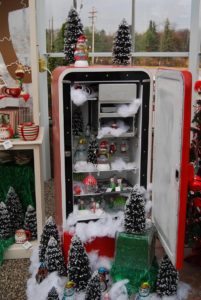
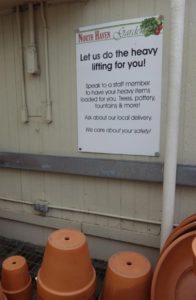

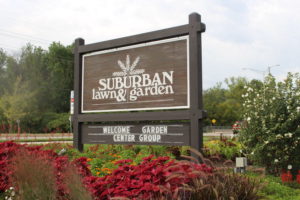
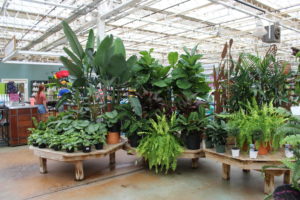
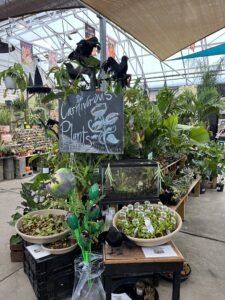
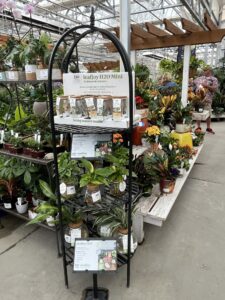
 Videos
Videos





